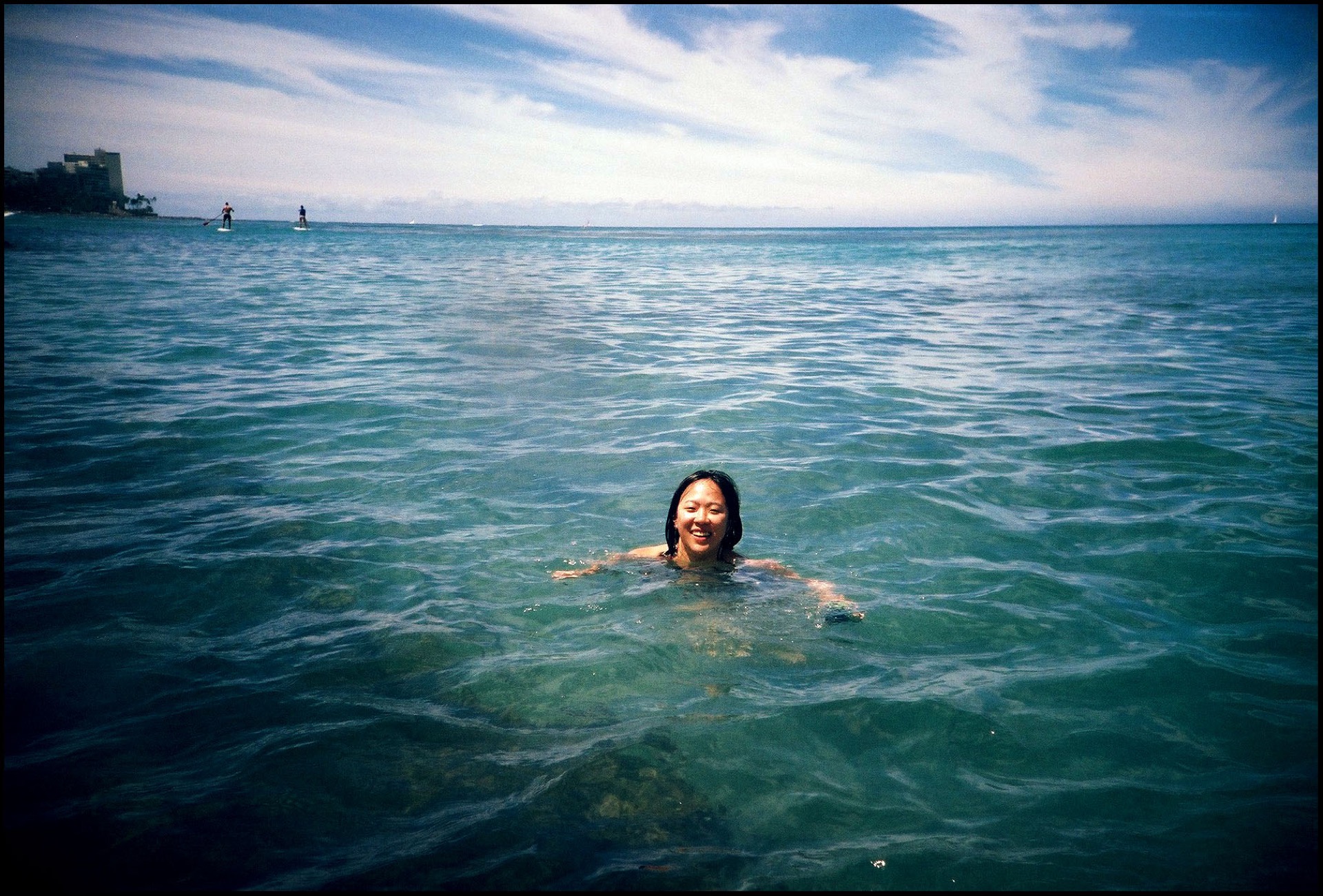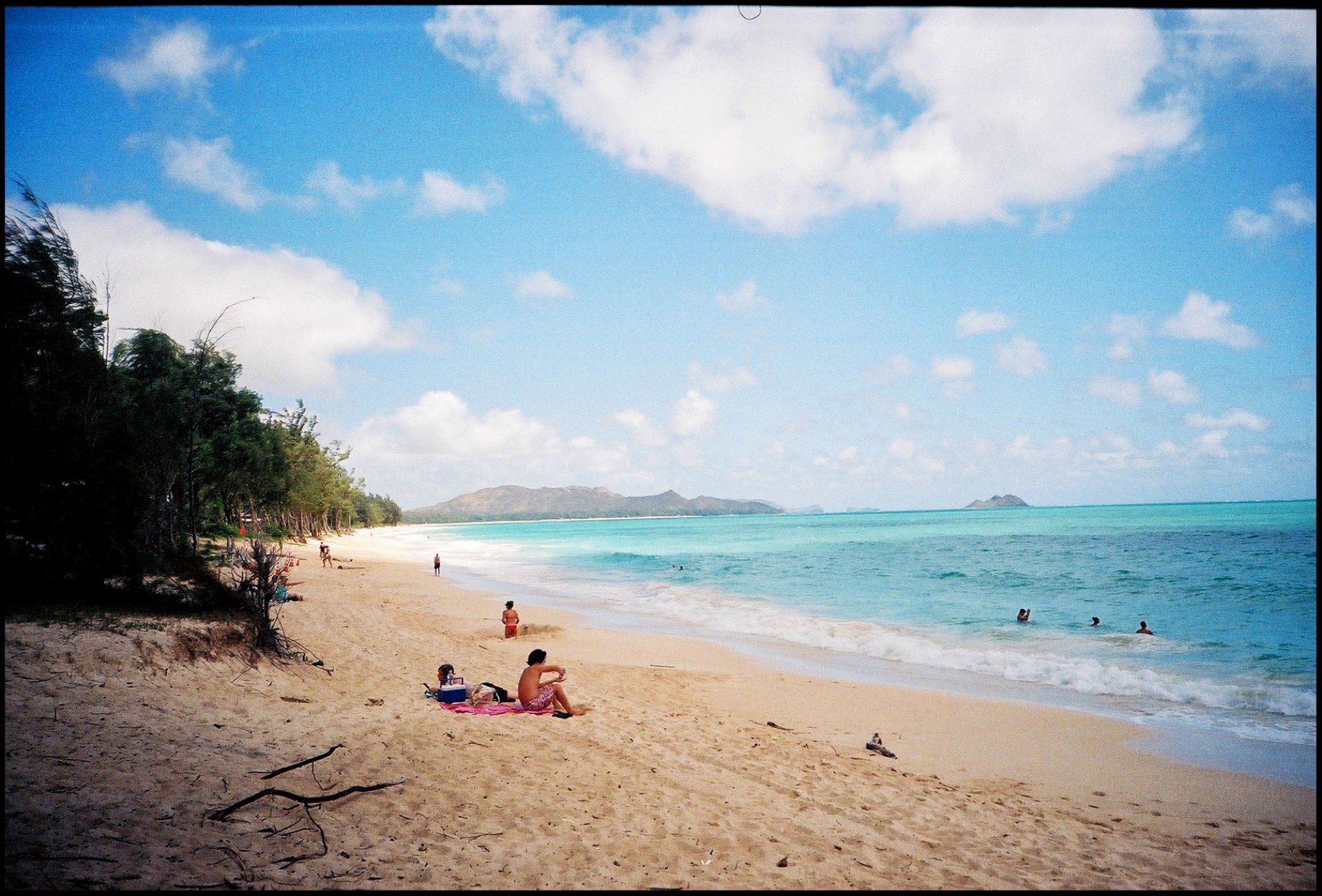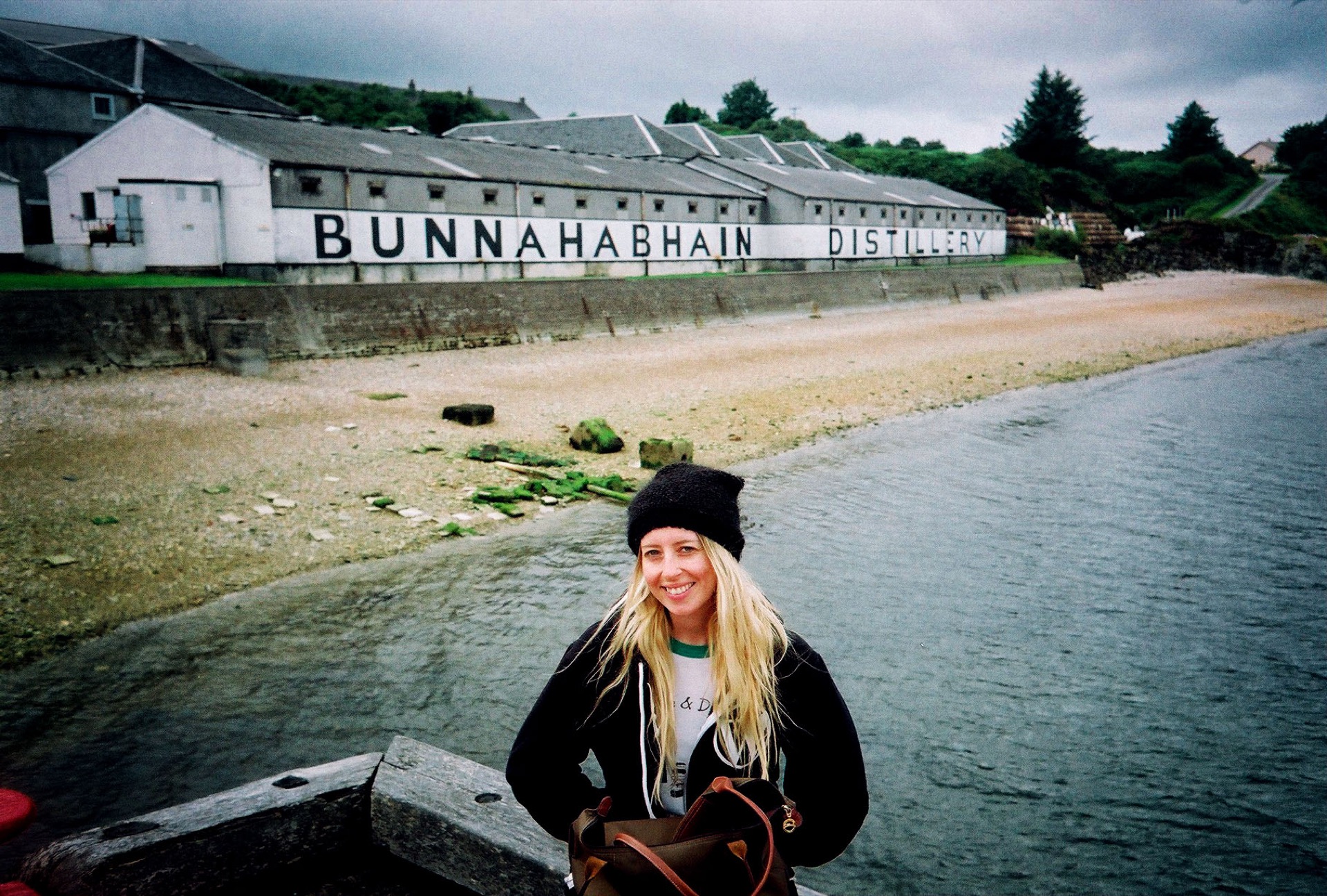The Lomo LC-A probably doesn’t need much introduction. Introduced in 1984, the tiny 35mm camera was originally produced in the USSR, and has since gone on to become extremely well known and instantly recognisable as the symbol of the Lomography ‘movement’. Production resumed for a short period in the late 1990s, but ceased in 2005. As a result, an updated version of the camera was introduced in 2006. Known as the LC-A+, it is manufactured in China, and has a slightly modified feature set, such as the ability to support an increased ISO range, and lack of aperture control.
Sharp eyes viewers may notice that the LC-A looks suspiciously similar to another camera: the Cosina CX-2. This is apparently because the LC-A is a copy of the Cosina, with minor differences. Either way, the LC-A is the one that has gained most popularity.
When it comes to the LC-A specifically, there are a whole bunch of different versions available, depending on the year they were made, etc. Rather than focus on these minor (but interesting) differences, I’ll just be talking about my experience. If you want more info on the historical context, check out this site.

For more info on the LC-A generally, check out this awesome dedicated FAQ.
Feature Spec
- Lens: Fixed Minitaur 32mm f2.8 lens.
- Aperture: f2.8-16.
- Shutter speed range: 2 seconds to 1/500.
- Exposure: Two exposure modes are available. On ‘A’ mode, the aperture and shutter speed are calculated by the camera. In the second mode, you can select an aperture, and the shutter speed will be fixed to 1/60.
- ISO Range: 25-400ISO. Be aware that some USSR versions use the ‘GOST’ scale, which goes from 16-250 (though this may vary).
- Focus System: Zone focussing, with markers for 0.8m, 1.5m, 3m, and infinity.
- Battery type: The LC-A takes three 1.5v LR44 batteries. It will also take SR44 batteries, which reportedly last longer.
To take a picture with the LC-A, you would (usually) whack the camera onto A mode, set the distance based on guesstimation using the lever on the right hand side of the lens, compose, and half press the shutter button. Inside the viewfinder is two red bulbs. If one of the bulbs comes on alone, the camera thinks that there is enough light for adequate exposure. If both come on at once, that means that the shutter speed will be at 1/30 or slower, risking blur.
The camera has a fairly clever built in sliding cover mechanism to protect the lens and viewfinder when not in use. When ‘locked’, the shutter will not depress.

My LC-A History
I had been shooting film since I was a wee boy, but when I really got back into it as a teenager, the LC-A was one of the most interesting, sought after compact 35mm cameras you could get. As a result, it commanded a premium price, and even second hand prices direct from Russia were out of reach for me at the time.
I eventually picked up an original off of eBay for a grand total of £62, which was branded with a ‘Zenit’ sticker. This was apparently just a marketing ploy for export by the Russians, as Zenit never actually manufactured the LC-A – something typical of manufacturing in the USSR at the time. I was pretty pleased with this, as I preferred the Cyrillic writing, and thought that the wee cartoon head on the viewfinder cover from the newer models seemed a bit childish.
Unfortunately, that particular LC-A got stolen along with a Hasselblad 500CM at a music festival a few years later. Hearing about this, my friend and fellow photographer Heidi very kindly gave me her boxed Lomo LC-A – another USSR original – which I have pretty much used to destruction.
Performance
Despite all of the hype surrounding the LC-A, at the end of the day it is still ‘just’ a point and shoot 35mm camera, and to expect some kind of stellar performance would be foolish. However, it is a pretty damn good point and shoot 35mm camera. The combination of design, size, and lens come together in a fairly impressive package. I’m not entirely sure why they look so great, but I have always loved the colours in the shots from the LC-A.
Light Leaks
As with any older film camera, you might need to replace the light seals in the LC-A. This is a pretty straightforward process, and you can pick up kits online for reasonable prices. One of mine started to leak… and the results were pretty cool at first…
but eventually it started to ruin entire rolls, and I replaced them.
Krab Underwater Housing
One of the cool things about the LC-A is the availability of the Lomo Krab. Re-released by Lomography based on an old Soviet design, the Krab is a sealed plastic case that lets you shoot the LC-A underwater.

I’ve used the Krab a lot, and the novelty of being able to shoot 35mm on the beach, or while swimming never really wore off.
I was even able to get some awesome pictures of turtles, which I was extremely pleased with. Being able to shoot 35mm underwater is a rare treat.
Things to watch out for
There aren’t too many downsides or issues with the LC-A, though the auto-exposure system does mean that you are reliant on batteries.
- Battery depletion: The left bulb in the viewfinder is a battery check. If it flickers or dims, then your battery is running low, and the shutter will not open properly. This isn’t always especially reliable however, as it can be difficult to tell if the light has dimmed, and so you’ll want to keep a supply of batteries to replace if at all in doubt.
- Battery contacts: Fitting the batteries can be fiddly, and sometimes the contacts get loose or need cleaned. Again, this is important as you need the batteries to operate the exposure system, so make sure and check them out.
- Shutter lock: Unfortunately, even though the shutter won’t depress fully when the camera is ‘locked’, it will engage partially, which triggers the viewfinder exposure bulbs. This means that you could inadvertently run down your batteries if the button gets depressed while in your bag or pocket – which is less than ideal.
My Experience
There are many things to love about the LC-A. As well as an incredibly satisfying example of design ingenuity, it is extremely practical – tiny enough to slip in a pocket and take with you wherever you go. The pictures I’ve gotten from this wee point and shoot are also far better than I would ever expect, especially in the sunlight. The colours just seem to have something special about them. I’ve used this camera a lot over the years – everywhere from Hawaii to Barbados to Mexico – and I always enjoy looking back at the results.
However, it perhaps shouldn’t be a surprise given the age of these cameras, but there are some things that can crop up that interfere with the exposure system – and it isn’t always immediately clear what these are, or how to troubleshoot them. As a result, you can sometimes be happily shooting away, only to discover later that the shutter hasn’t actually been opening properly. It may be as simple and relatively obvious as run down batteries, but it can also be due to loose or corroded contacts.
My latest LC-A worked perfectly for a long time, but after heavy use some gremlins began to crop up. It’s possible that it was exposed to some moisture from being used with the Krab case so much. Either way, I lost confidence in the camera in the end, got bored fiddling with batteries and testing lights, and just stopped using it.
I have no real doubt that I will either get this LC-A serviced, or pick up another one in the near future. When it works well, it is a fantastic little thing.
Price and Availability
Original LC-As are easy to find on eBay, though now many will be imported from the former USSR. The main issue is finding one that works well, as many of them are just sold on with limited descriptions. A fully working, good condition LC-A will cost about £70+ – and you can expect to pay a bit more for the earlier, non Lomography branded versions – especially if they have Cyrillic writing.
Sample Pictures
Below are a selection of pictures shot with my Zenit branded LC-A over the years, with various different films.
—
Disclaimer: As usual, this article isn’t intended to be a comprehensive, pixel-peeping review. Rather, it’s highly subjective, and reflects my own research and experience as someone who has shot with a lot of different cameras and lenses over the years. No aperture comparison charts to be found here.
































Wow! That camera takes some really sharp photos!
It’s not bad in sunlight!
I loved my original LC-A — it lasted quite a few years before giving up for good. Ordered a replacement LC-A+ and the build quality isn’t as good but it’s still a lovely little camera. The sliding cover is one of my favourite things about it 🙂
I love my old LC-A, I also hate it because it has a lot of missing images, when I develop the roll of 36 I find there’s only 30 images on it. Lots of fun to be had with it though, this is probably some the better images I got out of it:
https://mostlymonochrome.wordpress.com/2011/06/11/lomography-2/
Nice post! That’s an odd problem. Sorry to hear you have hassle with yours as well.